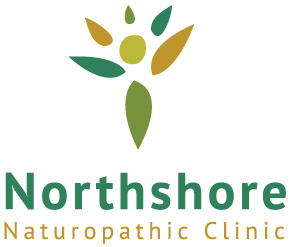By Dr. Matsen
Now that the shortbreads and eggnog have vanished, the waistline has expanded and the belt is too tight, it’s time again to eat like a healthy peasant rather than wealthy royalty.
What could be more peasant-like than a hearty soup loaded with vegetables? The word “restaurant” comes from the Parisian soup kitchens of the 1800s and refers to the ability of soup to restore health. Cooking vegetables in water releases their healing bioflavonoids into the liquid without destroying their powerful antioxidant properties. Different colored vegetables provide protection against different free radicals so the more color in your soup, the wider your range of antioxidant protection against deadly free radicals.
Now that the holiday season is over, it’s time to get away from the dainty white flour and white sugar taste treats that have been stripped of nutrients and get back to eating whole grains. Not only do whole grains contain vitamin E complex, vitamin B6, folic acid, and chromium—which are crucial to stabilize appetite and weight—but whole grains also contain the highly medicinal bran layer.
The bran layer provides fiber, which is essential to regular bowel function. Even more important is a chemical layer, called the aleuron layer, that’s bound tight against the inner side of the bran. The aleuron layer of grains, seeds, berries, and nuts contains phyotalexins, which the plant uses as a form of self-defense to protect its seed against fungi, bacteria, and viruses. These products of plant chemical warfare can provide similar good service to you.
Bacteria in your intestine can convert some of the phytoalexins, called lignans, into phytoestrogens. Research in Finland has shown that phyotestrogens reduce breast and prostate cancer. Dark rye bread, the peasant food of Northern Europe, has been found to be the grain with the highest levels of lignans. Flaxseeds are an excellent source of lignans and are most beneficial when they are freshly ground—use them sprinkled over your cereal or in smoothies.
Other phytoalexins called isoflavonoids are found in legumes, especially soy, a food of the Chinese peasant that also has phytoestrogen effects. Soy also contains chemicals that have been shown to inhibit coronary artery disease and cancer, the two biggest killers of civilized society. Fermenting soy into miso and tempeh makes it easier to digest as well as more healthful.
A fermented food of the peasants of Central Europe is sauerkraut. Bacteria in sauerkraut break down the coarser fibers of the cabbage plant while at the same time enhancing the release of sulforaphane and indole-3-carbinol, both of which have powerful hormone-stabilizing and anticancer properties. See the Health Tip for December 2005 for information on sauerkraut and the avian flu.
Simple foods simply build good health. Have a great year!


